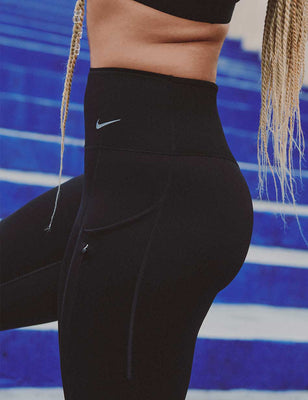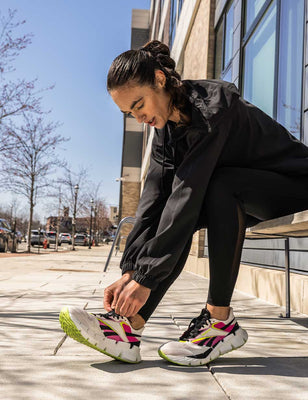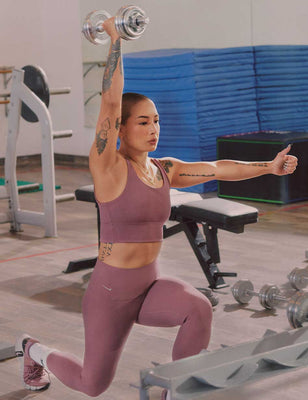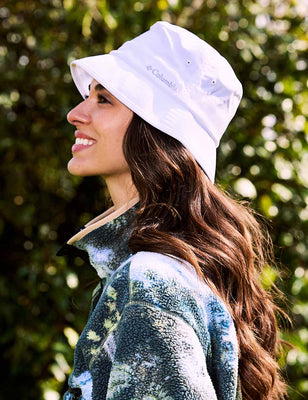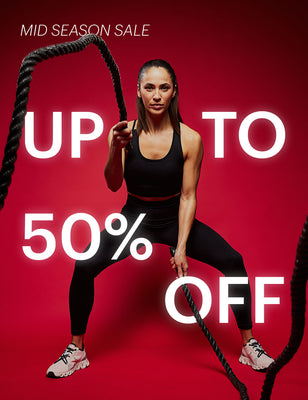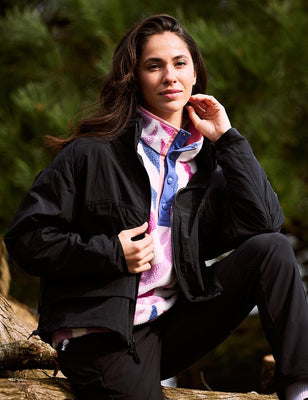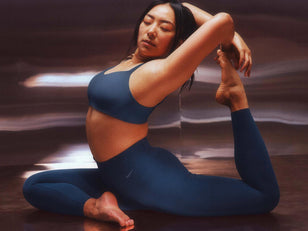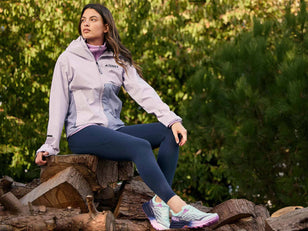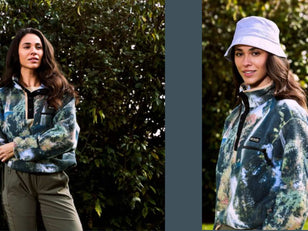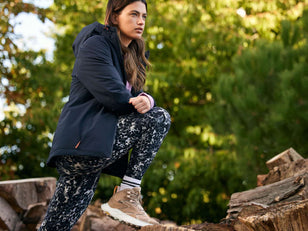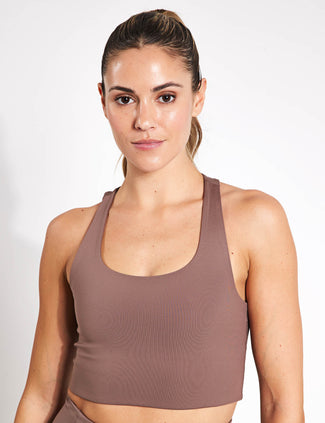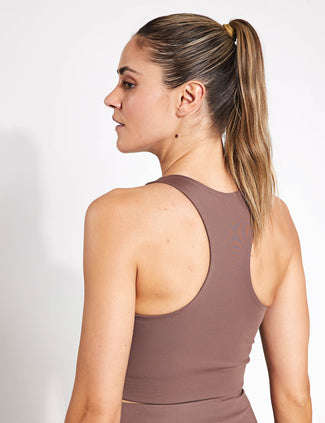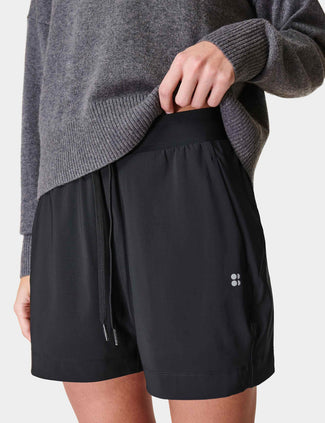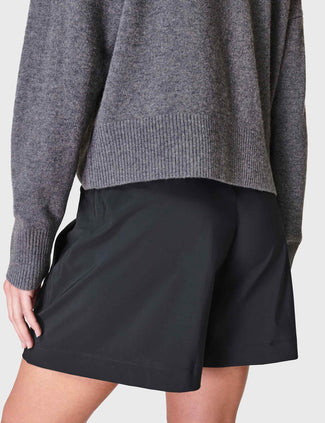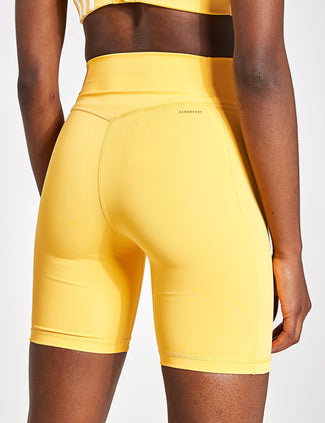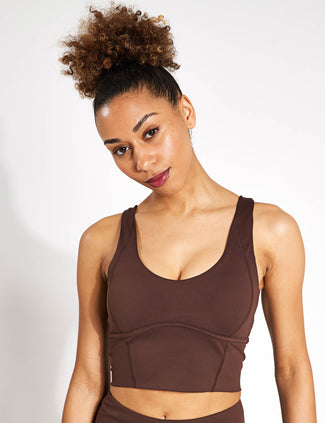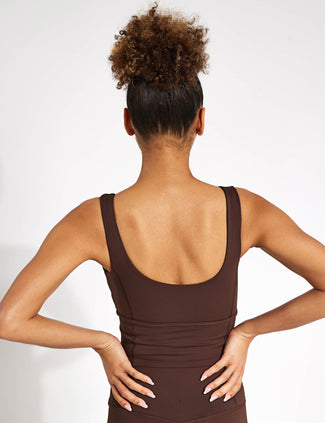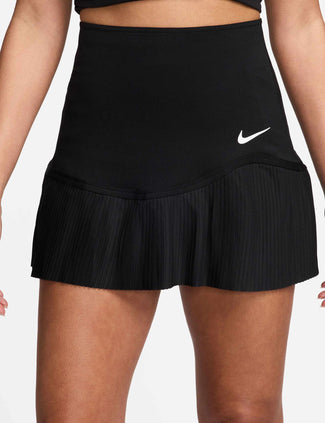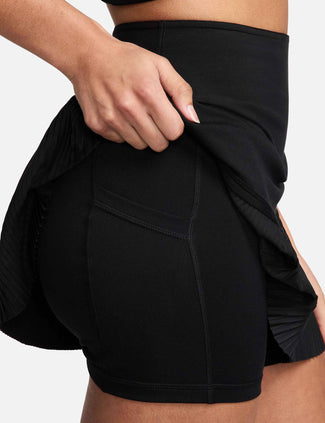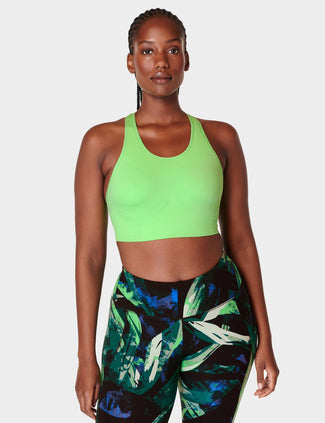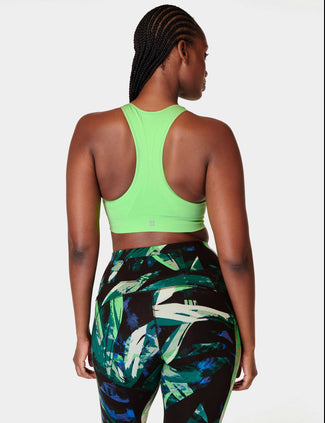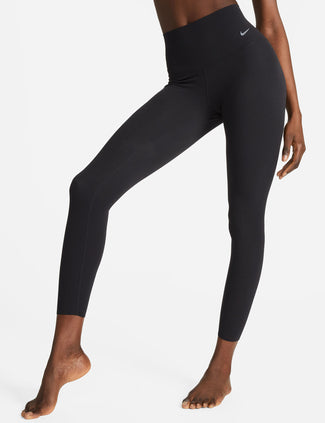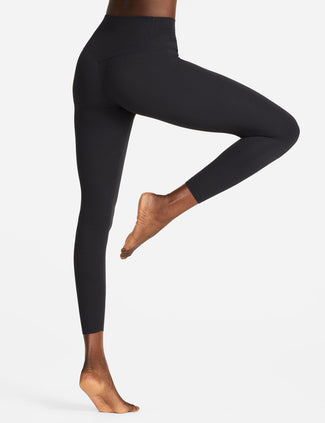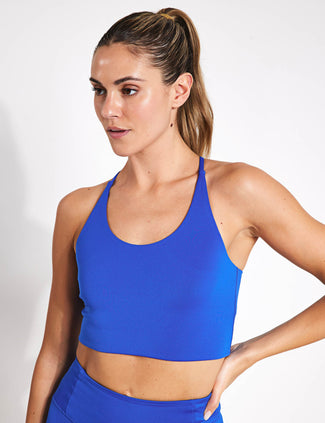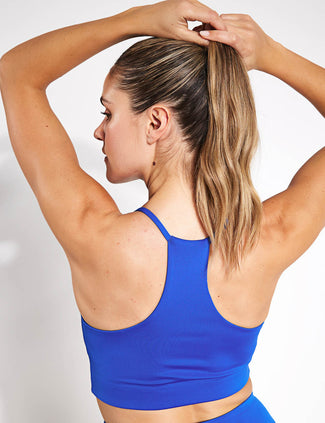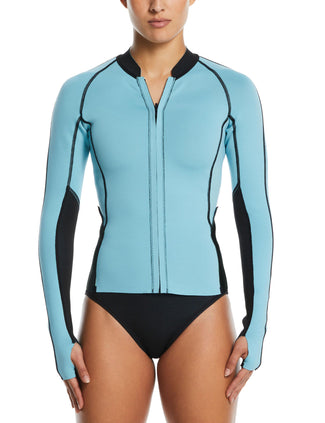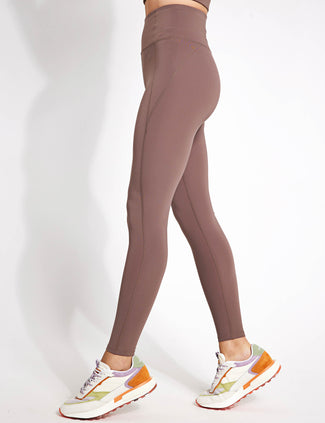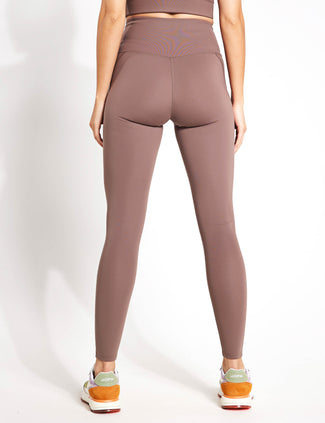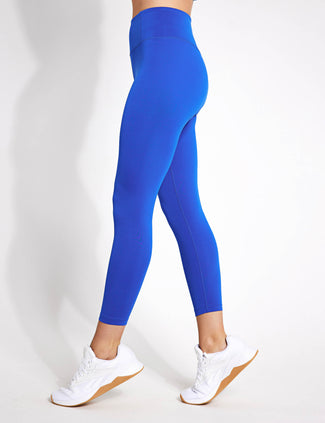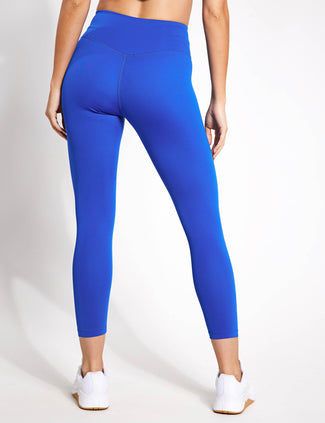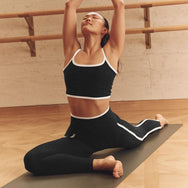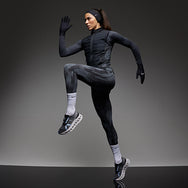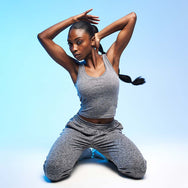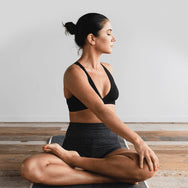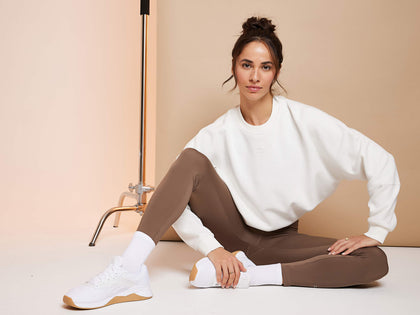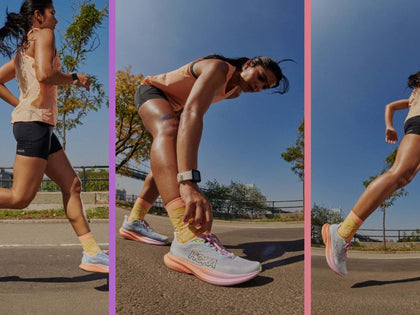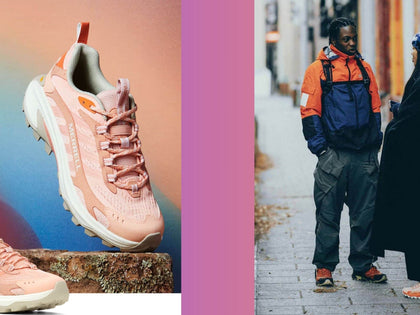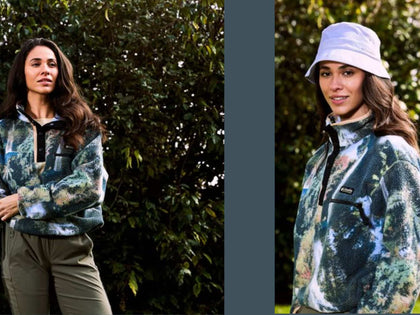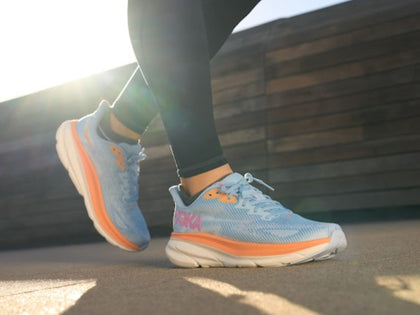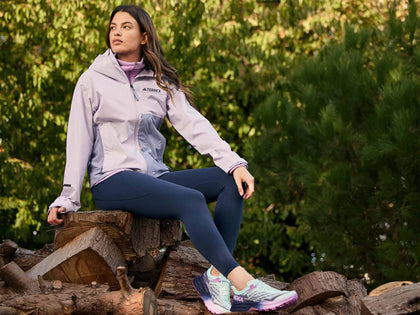Words by Katie Burn @katierose.burn

‘No pain no gain!’ has long been a diatribe associated with exercise, but for those tired of being intimidated into exercise with aggressive slogans such as ‘sweat is fat crying’ and ‘let’s get bikini body ready’, many have turned to the principles of ‘Intuitive Movement’.
WHAT IS INTUITIVE MOVEMENT?
Intuitive Movement is an approach to exercise that encourages people to tune in and restore trust in their body that may have been eroded by diet culture. Born of the intuitive-eating-and-health-at-every-size school of thought, "intuitive movement" shares many of the same principles. In a nutshell, "intuitive movement" encourages you to unlearn the idea that exercise exists purely to shrink, sculpt or grow your body and instead reframes movement as a way to nourish your body and mind.
It follows some fundamental principles from intuitive eating (adapted for movement):
HONOUR YOUR APPETITE FOR EXERCISE
As with food, Intuitive Eating aims to free you from a binge/restrict cycle and instead to reconnect you with your body’s natural signals. In short, when you feel hungry, eat and when you feel full, stop. The same applies to exercise, sometimes you are going to feel really energised and excited to exercise, other days you may feel tired and in need of rest instead. You might start exercise with a goal in mind but feel ‘full’ sooner than expected and give yourself permission to stop instead of pushing through.

MAKE PEACE WITH EXERCISE
Instead of the ‘best’ type of exercise being based on what burns the most calories/makes you sweat the most/feels the hardest. Instead, it’s time to see all movement as equal. Make choices based on the way you feel like moving and you’ll notice that exercise is something you no longer dread or have to force yourself to do.
ACCEPT YOUR BODY
Exercise is too often pitched to us as the mechanism to get slim or to stay slim. This narrow approach to exercise means that so many people miss out on the joy and benefits that can come from moving your body in a way that works for you. You don’t need to wait to have a certain body before you start exercise- work with the body you currently have and start to develop appreciation for what it can do for you right now. Find your motivation to move from a place of respect for your body rather than a sense of guilt or shame.
GENTLE GUIDANCE
Intuitive Movement doesn’t mean getting rid of all goals. Once you have got the above principles down, it can be appropriate to start experimenting with adding structure, goals and routine back into exercise. It requires you to be careful to keep checking in with yourself that your motivation is coming from self compassion and not a response to the pressures of diet culture.

WHY IS INTUITIVE MOVEMENT GAINING POPULARITY?
More and more people are realising that health is a holistic blend of your physical and mental health. As awareness around the importance of looking after mental health increases, behaviours are changing. You can be exercising regularly, but if it is coming from a place of low self-esteem, fat phobia and self-hatred then this is not healthy.
During lockdown intuitive movement has been more important than ever, with gyms and studios closed many people have had a chance to re-evaluate their approach to exercise and begun to explore different types of low-cost exercise that they can do anywhere. Furthermore without the usual tricks of booking into a class or being shouted at by an instructor/PT to rely on, it has become important for people to find exercise that they are intrinsically motivated to do.
HOW CAN IT IMPROVE MY RELATIONSHIP WITH EXERCISE?
Intuitive movement seeks to heal your relationship with exercise. It expands your definition of what exercise is and gives you permission to try out new and potentially more joyful ways of movement. Instead of focusing on calories burned, an intuitive approach to movement allows you to focus instead on how exercise makes you feel.

BENEFITS OF INTUITIVE MOVEMENT
Injury prevention
Developing an Intuitive Movement practice is likely to result in fewer injuries from over training, as you are more connected with your physical body and likely to spot and respond to early signs of overtraining. Furthermore, Intuitive Movement encourages adding more variety in your exercise which prevents overloading certain muscles and joints. Being able to notice when you need more rest means you are likely to more time to heal and restore after exercise.
Mood boost
The best exercise is one that you enjoy doing and therefore will keep up. Intuitive Movement principles help you to see exercise as a celebration of what your body can do rather than a punishment for what you ate which makes that post-movement high all the more powerful.
Freedom
When you realise that exercise doesn’t have to take place in a fitness studio or a gym then it becomes much easier to fit into everyday life. A jog in nature, a tennis game with friends, dancing around your living room, dog walks, open water swimming, a kick around in the park and a run with no set distance or pace are all examples of Intuitive Movement that can be done without an expensive gym membership.
Motivation to move
Before adopting Intuitive Movement principles, exercising may have felt like an exclusive club that wasn’t for bodies like yours. Intuitive movement spreads the message that exercise is for every body and not just for those that fit narrow beauty standards of what a fit body looks like.

6 TIPS FOR MOVING INTUITIVELY
-
Take regular breaks from using a fitness tracking watch or app.
-
Try incorporating an extra rest day into your routine and see how your body feels.
-
Cover or remove the calories burned/distance/speed information on fitness devices and focus on how you feel.
-
Do a quick check in with yourself before choosing to exercise- Will this serve my body? Why am I choosing this way to move?
-
Make a list of the ways of moving your body that you enjoy or would like to try.
-
Mix up your social media feed, follow a range of people with different bodies doing different types of movement with them! (see below)
Instagram accounts to follow for intuitive movement
@evelyntribole@kristamurias
@jonelleyoga
@tallyrye
@artispeaks
@Lvernon2000
@lucymountain
@thephitcoach
@schoolofstrut
@yrfatfriend
@mynameisjessamyn
@sophjbutler
@laurathomasphd





